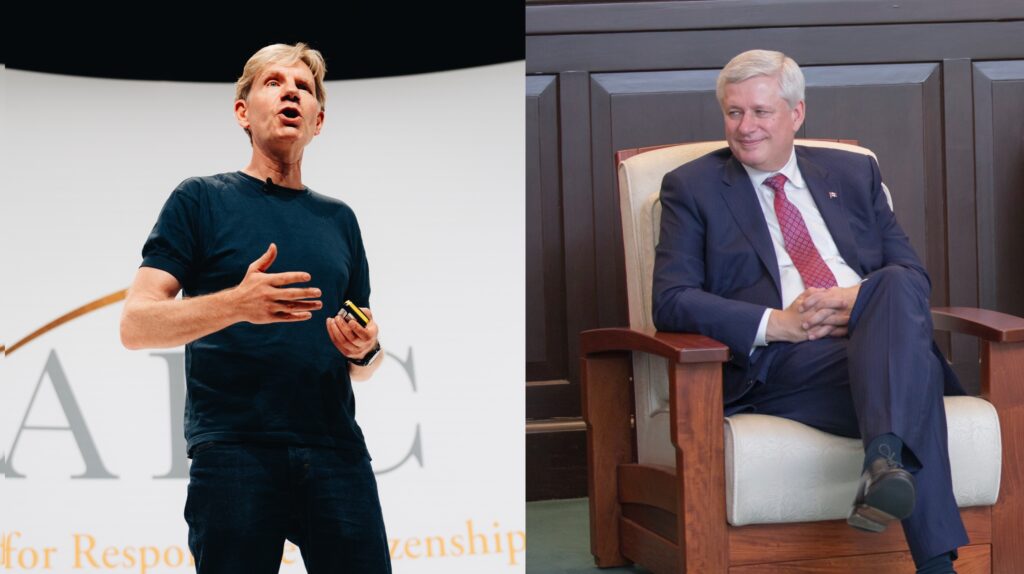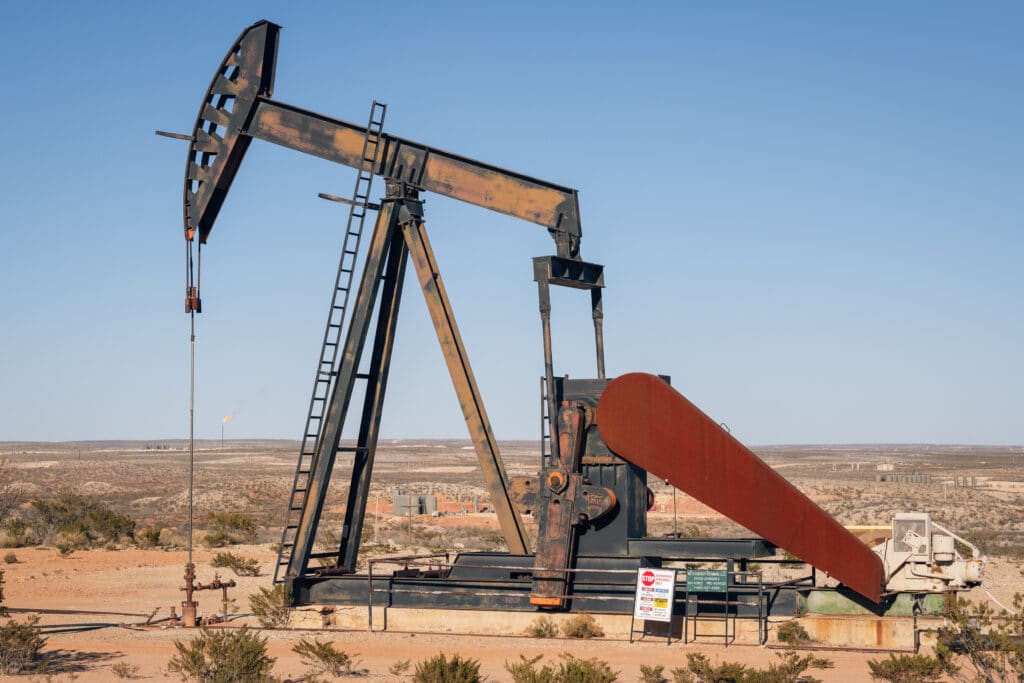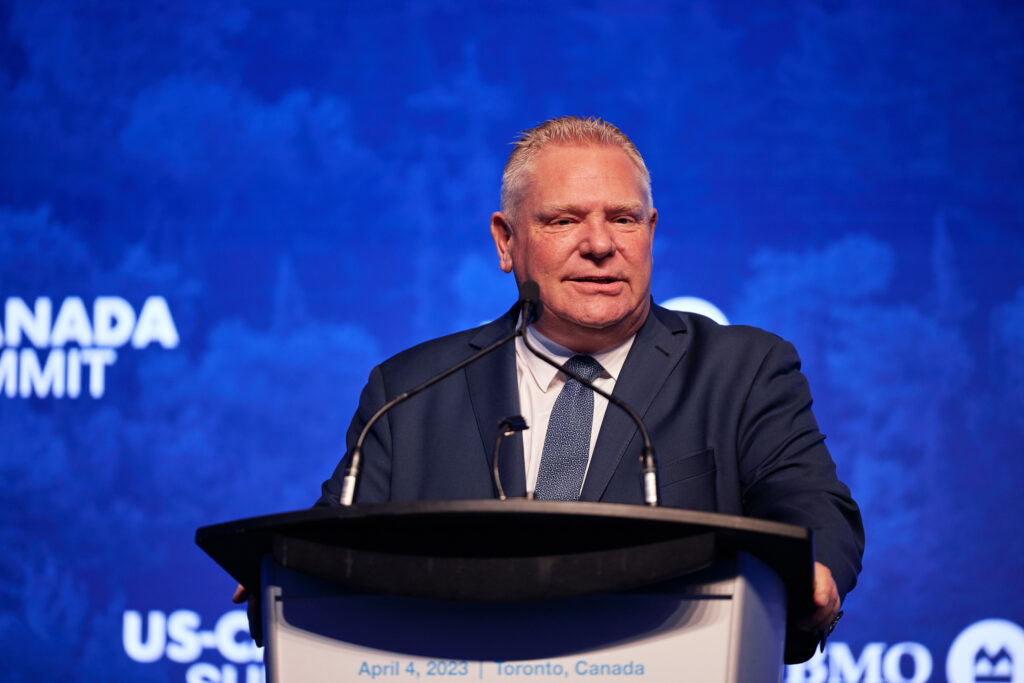“War is only a cowardly escape from the problems of peace,” observed Nobel laureate Thomas Mann. This insight seems particularly true regarding the recently vanquished Alberta war room – officially known as the Canadian Energy Centre – that squandered millions in a futile fight against the future.
Former premier Jason Kenney launched the ill-fated CEC in 2019 “to quickly and effectively rebut every lie told by the green left about our world-class energy industry.” However, raging against the rapid global transition towards cheaper and cleaner forms of energy did nothing to address the compelling problems confronting a province still dangerously dependent on the waning fossil fuel sector.
The CEC was armed with every advantage available to Alberta in their “war” with perceived enemies of the oil patch. Endowed with an initial budget of $30 million of public funding, it was incorporated instead as a private company to avoid outside scrutiny from freedom-of-information legislation.
Four years and millions of dollars later, this weary warrior seemed capable of wounding only its own credibility. A litany of embarrassing episodes ensued including the war room doing battle with an animated Bigfoot character in children’s show, a Twitter spat with the New York Times and the CEC repeatedly having to go back to the logo drawing board after multiple accusations of copyright infringement.

Even the image of their office dog “Bean” was revealed to be an uncredited stock photo. Alberta Energy economist Andrew Leach observed “you’d have been forgiven for wondering if the sole mission of the [the war room] was to make every other government expenditure seem like a bargain.”
The CEC was in fact mostly funded by the oil and gas companies through large emitter carbon pricing paid under Alberta’s Technology, Innovation and Emissions Reduction (TIER) program. Credible carbon pricing models are intended to reduce emissions by sending a meaningful economic signal to industries and individuals to discourage using our atmosphere as a free dumping ground. Instead, from revenues Alberta’s TIER program directly funded oil industry information efforts so dubious that the CEC was required to register as a foreign agent under United States law drafted to combat foreign interference.
What abruptly ended the Alberta war room (and perhaps the Pathways Alliance) appeared to be new federal requirements for accuracy in oil industry advertising that will not even come into force until the fall. Even the threat of information accountability seemingly caused both these well-funded talk shops, which for years flooded Canadian media with oil-friendly messaging, to fold like a wet cardboard box. Perhaps sunshine is indeed the best disinfectant.
While Alberta waged its well-funded information war, the urgent “problems of peace” affecting so many Albertans remained studiously ignored. Oil production and carbon emissions have soared while employment in the oil patch has plummeted by more than 33,000 positions in the last decade due to increasing automation from an industry struggling to compete with lower cost jurisdictions. This permanent purge of oil patch employment is projected to approach 50,000 additional jobs by 2040.
The ruthless imperative to eliminate jobs will only accelerate as cleaner energy technologies threaten to displace high cost and high emission producers like Alberta. The International Energy Agency recently predicted that world oil demand will peak in 2030 leading to a global glut of excess production reaching 8 million barrels per day.
Clean energy investment is on track to hit $2 trillion in 2024 – double that going towards fossil fuels. Within the Potemkin village of Alberta politics leaders seem to think local restrictions on clean energy can hold back that global tide. This latest skirmish against the accelerating energy transition succeeded only in driving $11 billion in renewable investment out of the province that would have totaled 6.3 GW of generating capacity.
The expensive legacy of the Alberta oil age is another “problem of peace” that has been ignored so long that there are not even clear estimates of unfunded environmental liabilities burdening future generations. Estimates of clean up costs for abandoned wells and tailings ponds range from $60 billion to an eye-watering $280 billion. The tens of millions squandered so far on the Alberta war room would have been better spent making a small dent in this outstanding debt.
Perhaps a corner is being turned with the demise of the CEC, the Pathways Alliance, and other instruments of the oil industry information war that have undermined even imagining the next chapter of Alberta’s energy future. The recent landslide victory of former Calgary mayor Naheed Nenshi as leader of the official opposition New Democratic Party may also portend more peaceful and productive years ahead. He built his impressive political reputation as a bridge builder rather than a war wager. Alberta may be ready to give peace a chance.
Subscribe to our newsletter
Stay up to date with DeSmog news and alerts







